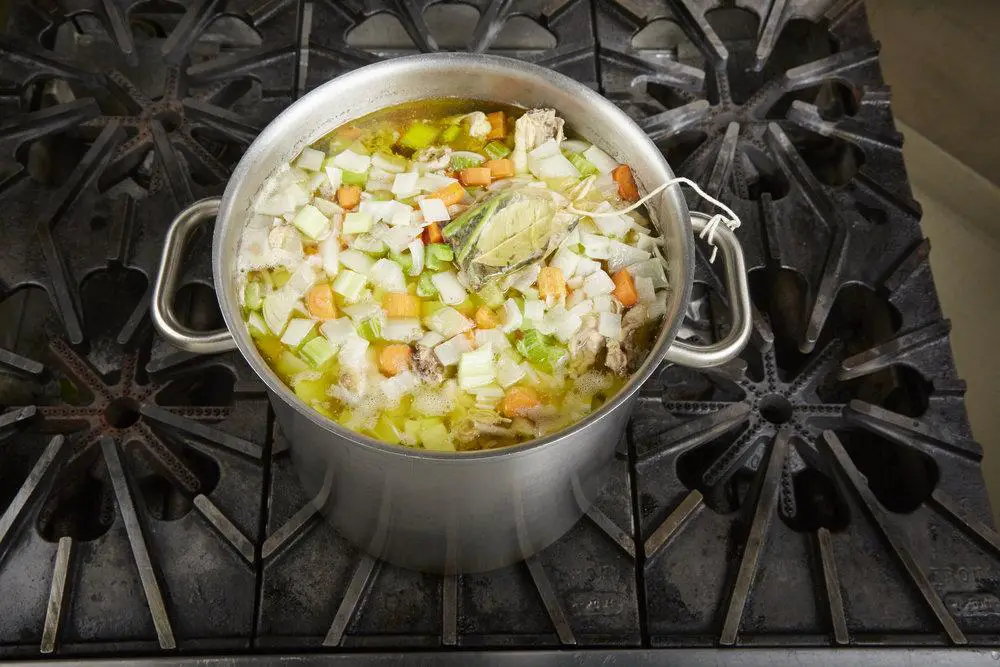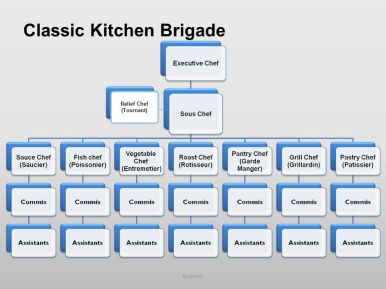Blog
Classification of Soup with Digram
What is Soup?
In a short way Soup is mainly a liquid food, made by cooking meat, vegetables etc. In water which is served warm
Majorly there are four Classification of soup Thin, Thick, Cold and International.
- Thin soups are further divided into two types; Passed and Unpassed.
- Thick soups are soups that are thickened using flour, cornstarch, cream, vegetables and other ingredients.
Cold soups are a particular variation of the traditional soup, wherein the temperature when served is kept at or below room temperature. They may be sweet or savoury.
Classification of soup

Soup Classification
| Sl. | Soup Classification | Base | Passed/Unpassed | Finish | Example |
| 1 | Clear | Stock | Passed | Usuallygarnish | Varieties of consommé |
| 2 | Broth | Stock and cuts of vegetables | unpassed | Chopped parsley | Minestrone and scotch broth. |
| 3 | Puree | Stock, fresh vegetable | Passed | Croutons | Lentil and potato Related soup. |
| 4 | Valuate | Blond roux, veg, and stock | Passed | cream | Chicken veloute |
| 5 | Cream | Stock and veg. puree and white sauce | passed | Cream and Cream milk | Cream of mushroom, cream of chicken. |
| 6 | Bisque | Fish stock and shellfish | Passed | Finish with cream | Lobster |
| 7 | Chowder | Milk, | Passed | Cream | Oyster |
Types of Soup
The different types of soups classification are listed below
Broths
In this soup classification the term broth and bouillon can be used interchangeably. Broths are among the simplest soups to prepare. Normally, their flavor comes from long-simmering of a variety of ingredients together in one pot. An assortment of separately cooked foods may be added at various times during the cooking requirements of the individual items. All the ingredients should finish cooking at the same time.
Consomme
This is concentrated, a thin, clear soup made from meat, poultry or fish. The word has the same origin as consummate, meaning to bring to completion or perfection. A consommé is cooked long enough for most of the ingredients to be extracted into the liquid. In the most general sense, consommé is a meat, poultry or fish stock, which has gone through a special clarification process, served hot or cold.
Purees
They are slightly thicker than cream soups & are somewhat coarser in texture. They are normally based on dried peas, lentils or starchy vegetables, such as potatoes & carrots.
Cream Soups
Cream soups are based on béchamel sauces.
Chowders
Thick soup resembling a stew made with meat or fish and vegetables, often flavored with cheese.
Bisque
These are traditionally based on such crustaceans such as shrimp, lobster & crayfish. These share characteristics with both purees & cream soups.
Veloute
A veloute is based on a light veloute sauce, a sauce thickened with roux & finished with a liaison of egg yolk & cream.
Vegetable Soups
Any soup containing one or more vegetables, cut in dice, brunoise, julienne, chiffonade or paysanne and eaten with the liquid they have flavored, is classified as vegetable soup or potage.
Cold Soups

This is a special category because this grouping of soups is served differently
from any other: Well chilled, in chilled cups or bowls. The popularity of cold
soup has recently increased. Many soups that are prepared to be a hot soup can
be changed into a cold soup by simply chilling them well and making minor
alterations to the structure and flavor. For instance, many purees can be served
chilled if they are made with little or no butter and thinned with cream after
chilling.
International Soups
- Gazpacho – Spain
- Mulligatawny – Sri Lanka
- Chicken Broth – England
- Cockie Leekie – Scotland
- Clam Chowder – U.S.A
- Bortsch – Russia
- Beer soup – Germany
- French Onion Soup – France
- Minestrone – Italian.
Special Points for the Service and Preparation of Soup
• The first-class, clean, strong and flavourful stock should be used, as it would help in producing good quality soup.
• If there is a heavy entrée, the soup should be thin or light.
• If the heavy soup is served, the portion should be small.
• The soups should not in any way be filling or consist of food particles that require much chewing
• The garnish should be small and dainty so that they can be picked up easily by soup-spoon.
• Soups should be always moderately seasoned.
• Serve hot soups; piping hot, and cold soups; very cold.
• A little sugar should be added to tone the acidity of the soup, before mixing cream as it prevents curdling.
• Consommé should be amber in color (onions halved and browned on the hot plate are added to the soup for color)
• Accompaniments of the soups should be of a crisp character, e.g. Melba toast, various crackers, breadsticks, cheese croutons, bread rolls, etc.
• Entrée portions of one liter of soup yield five portions.
Keywords
Classification of Soup
types of soups
soup classification


